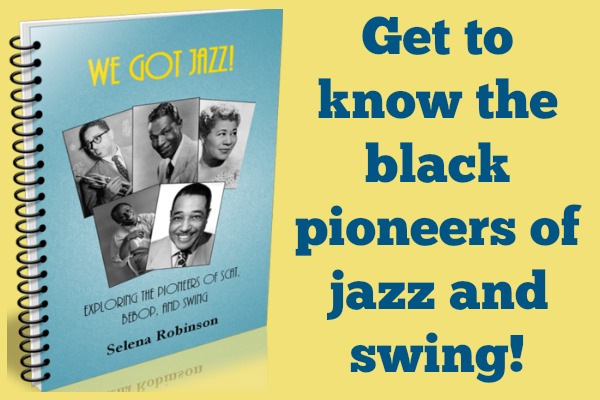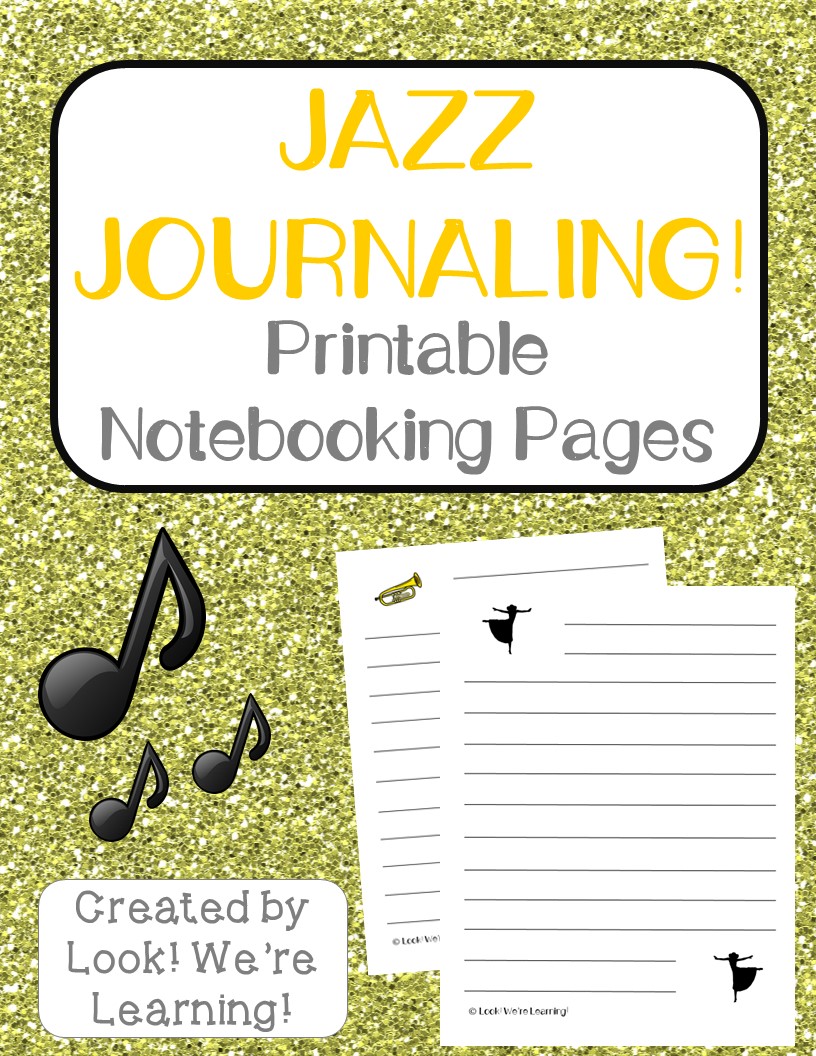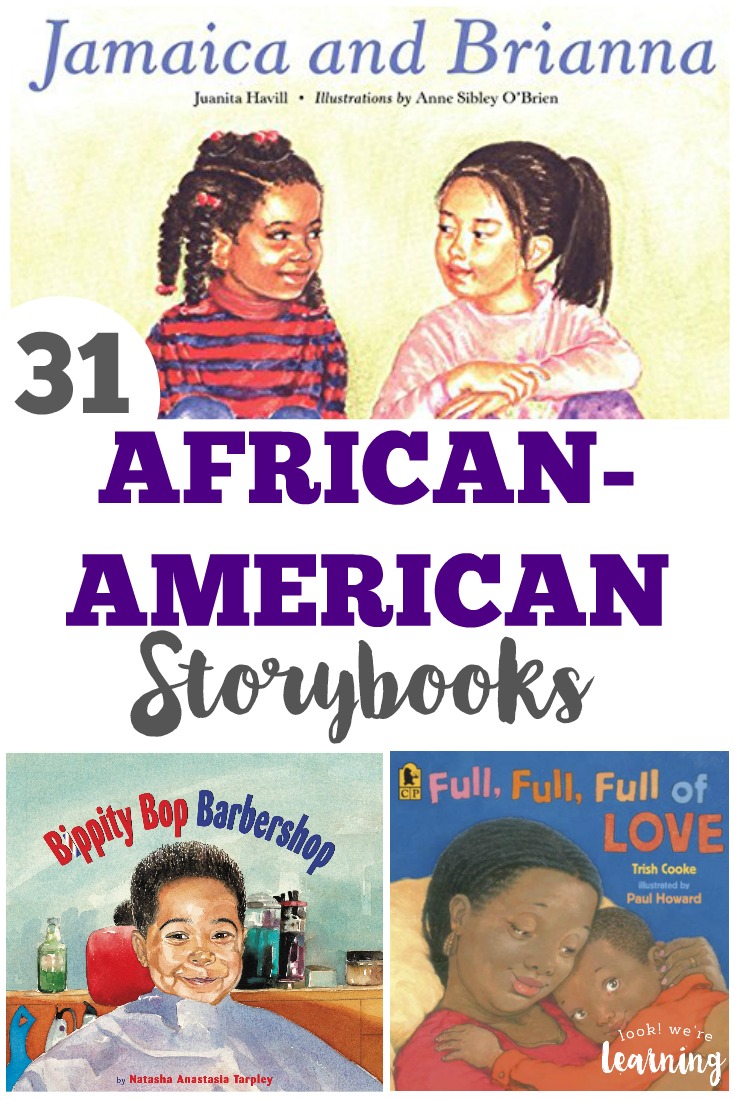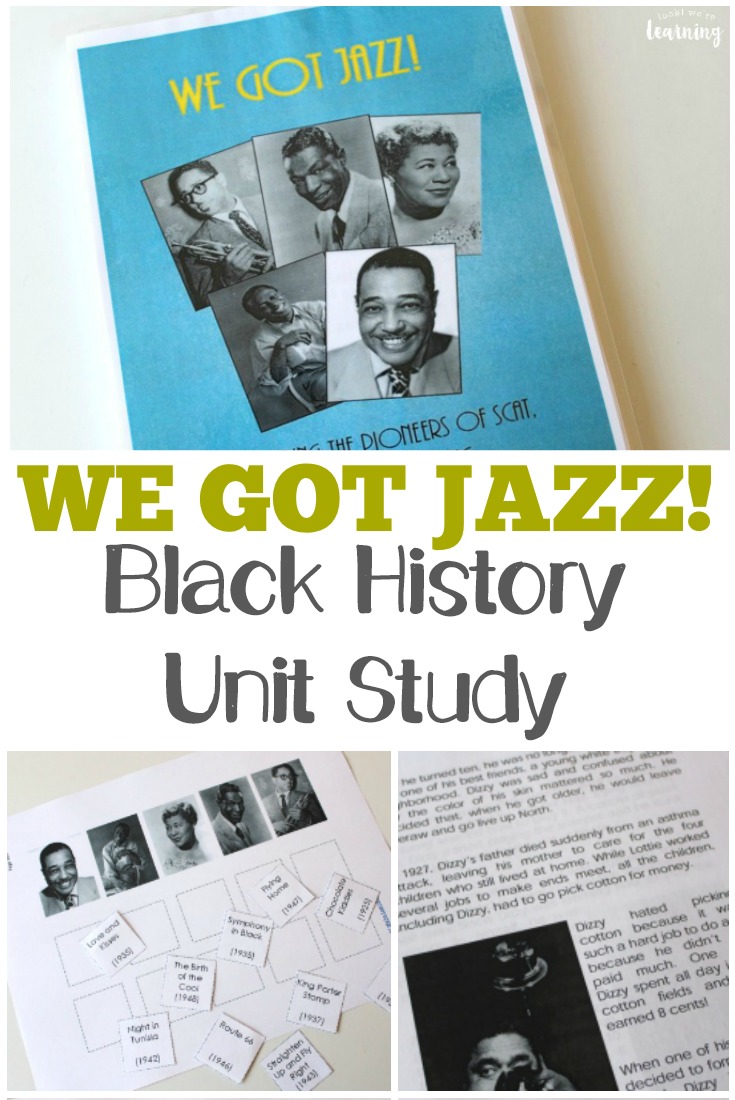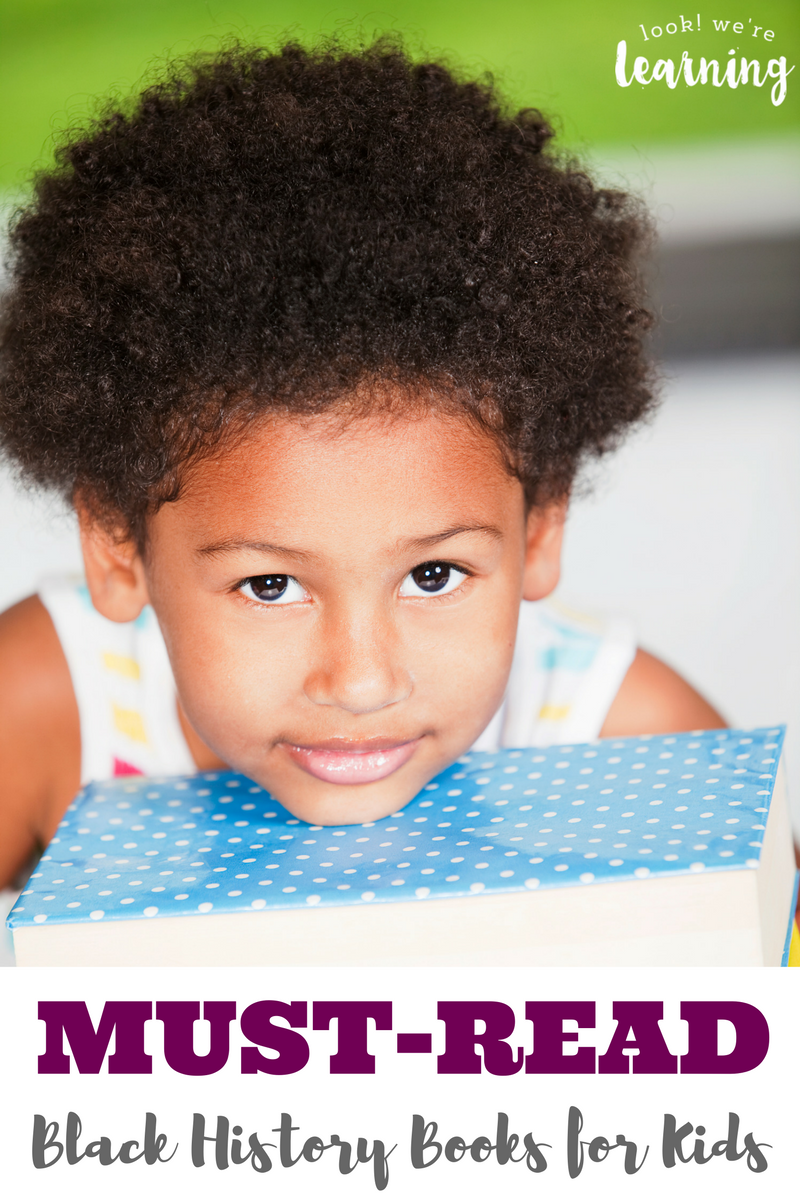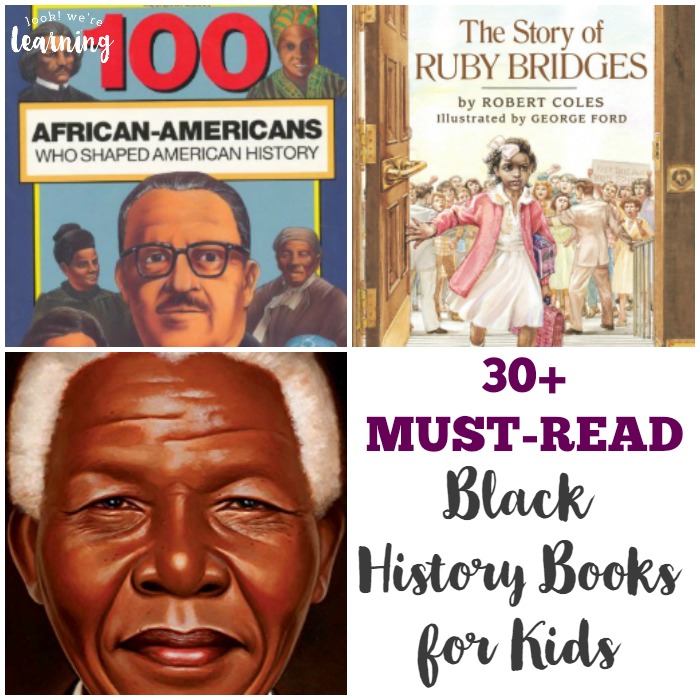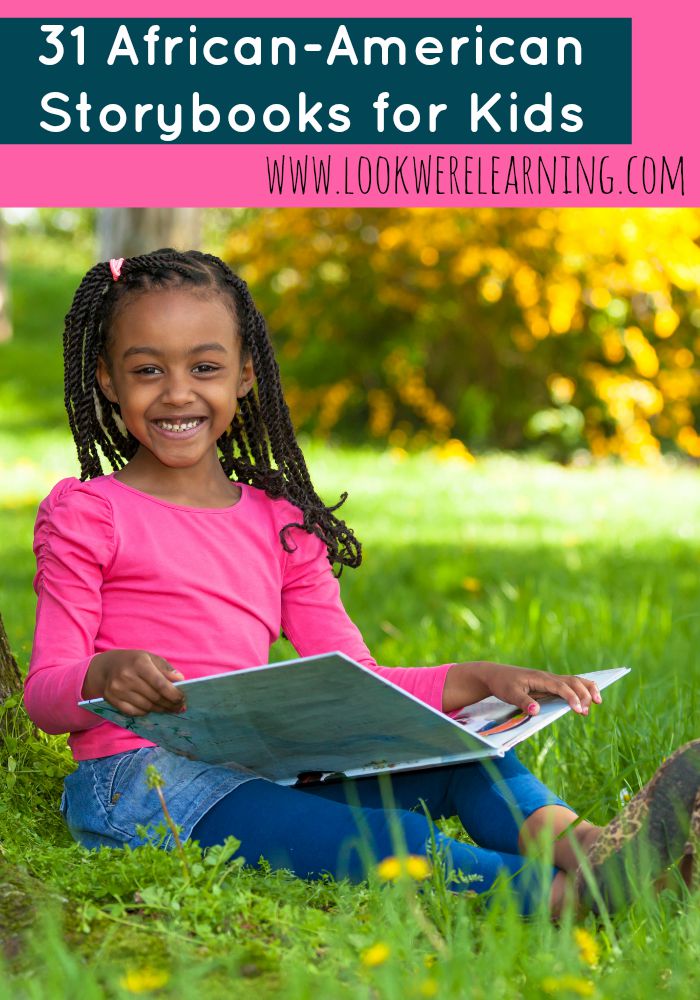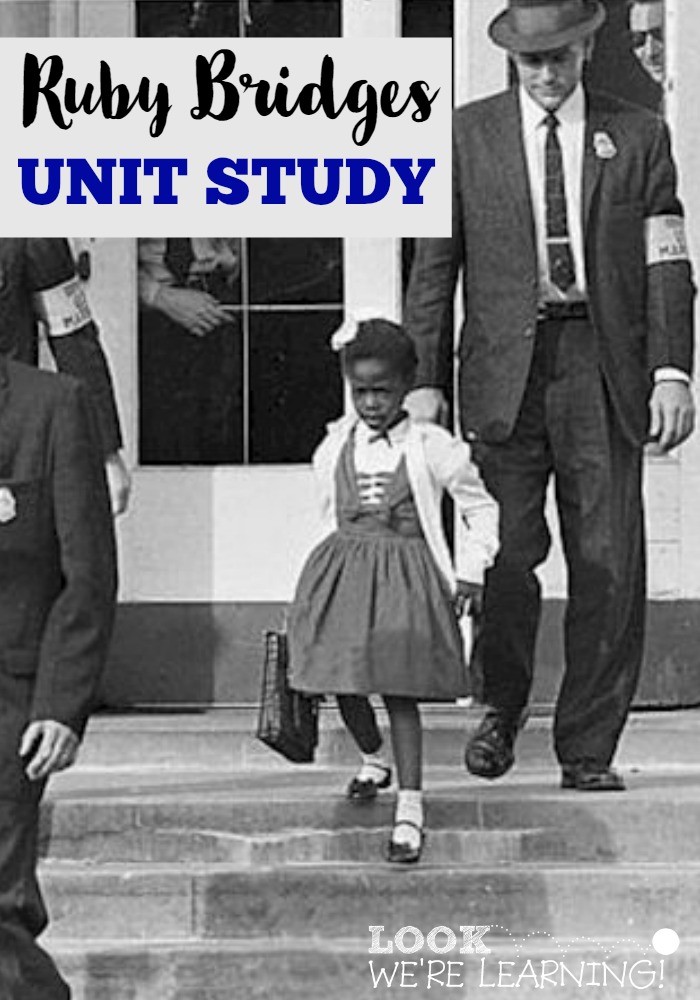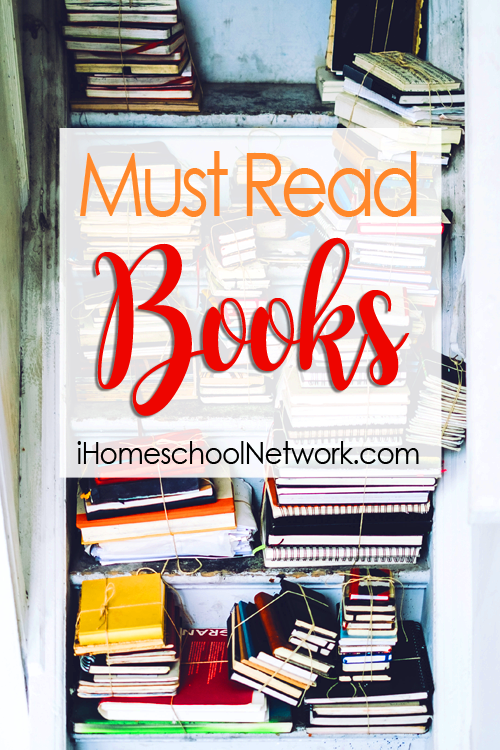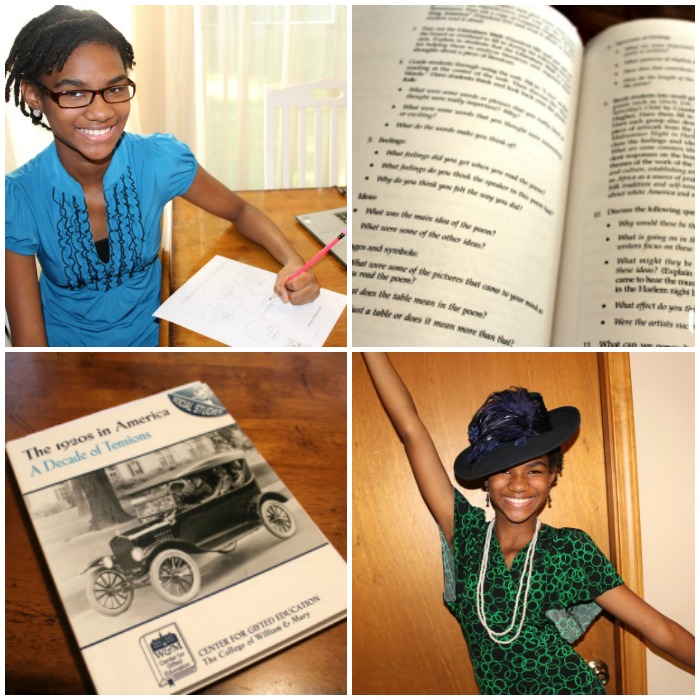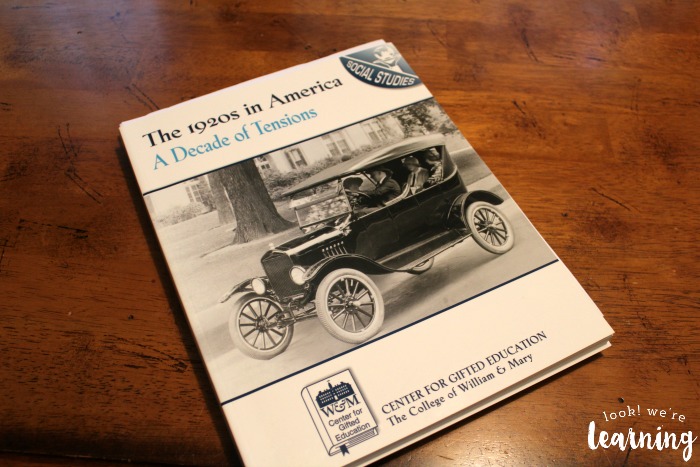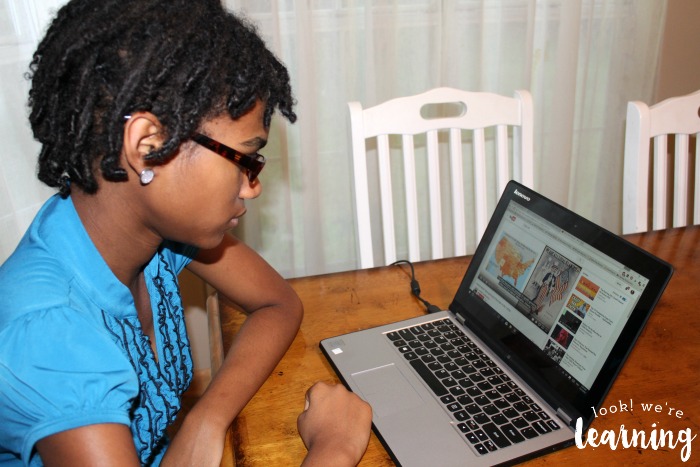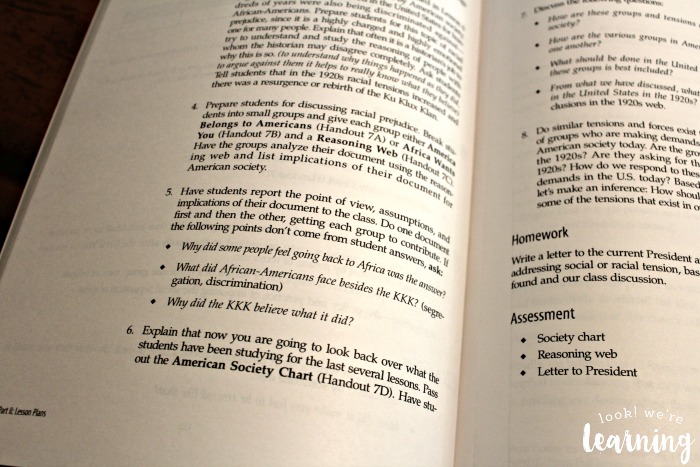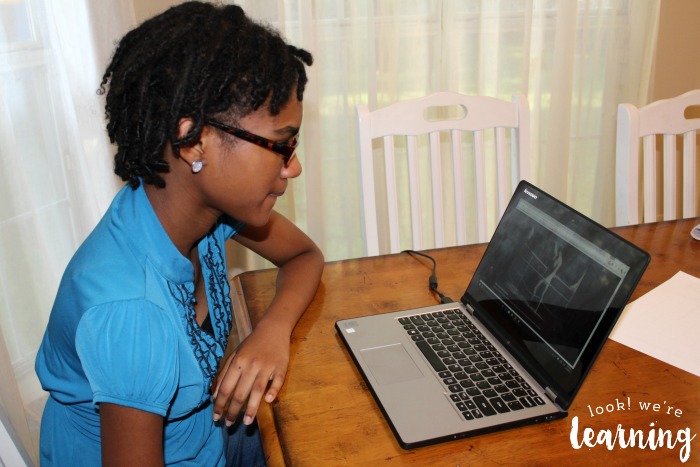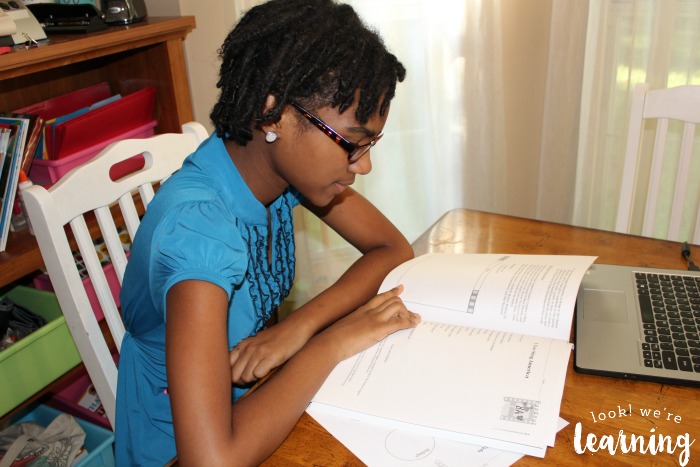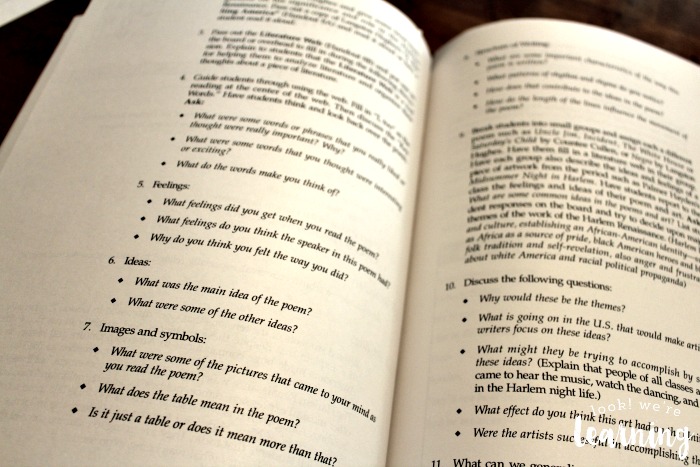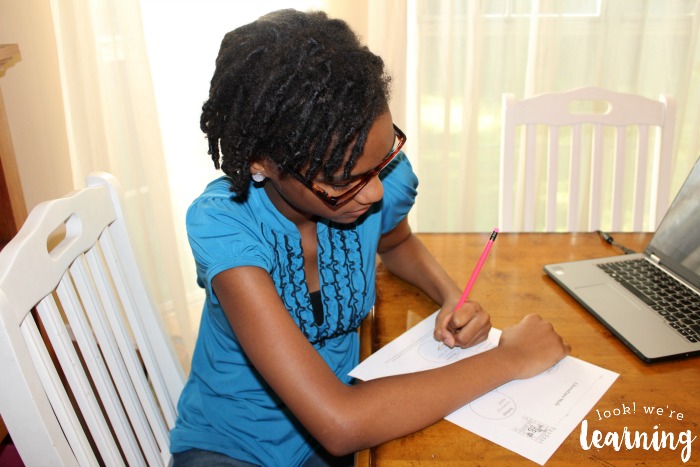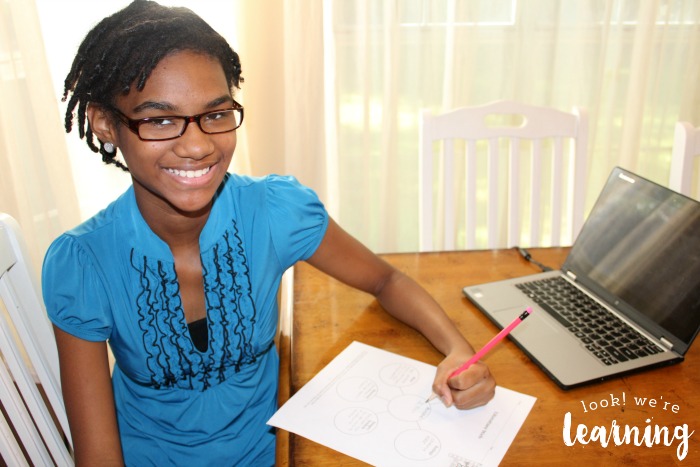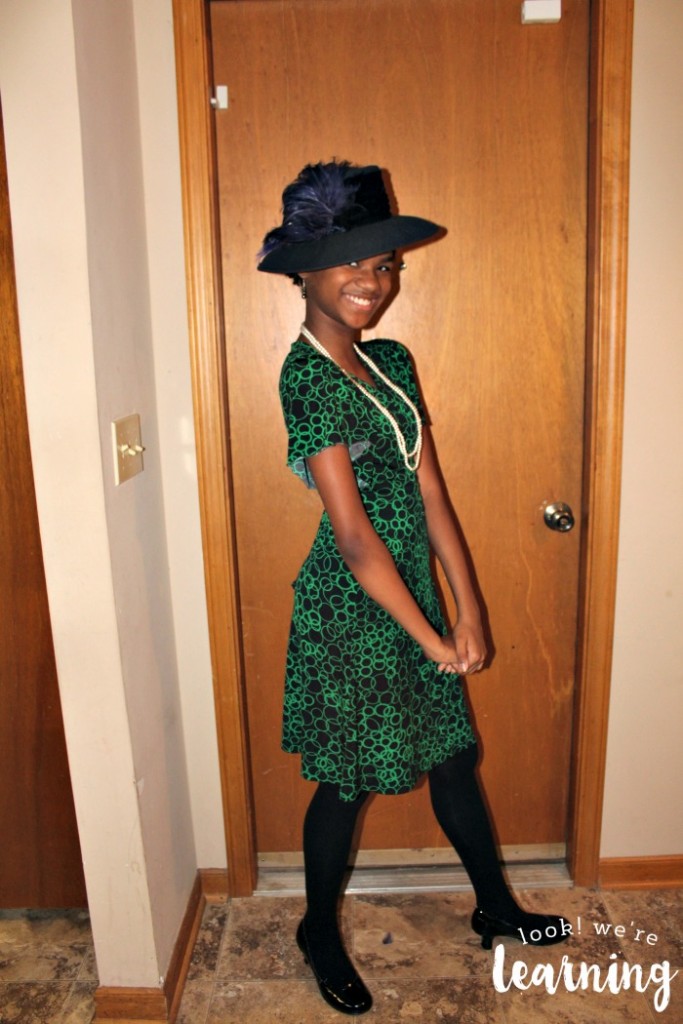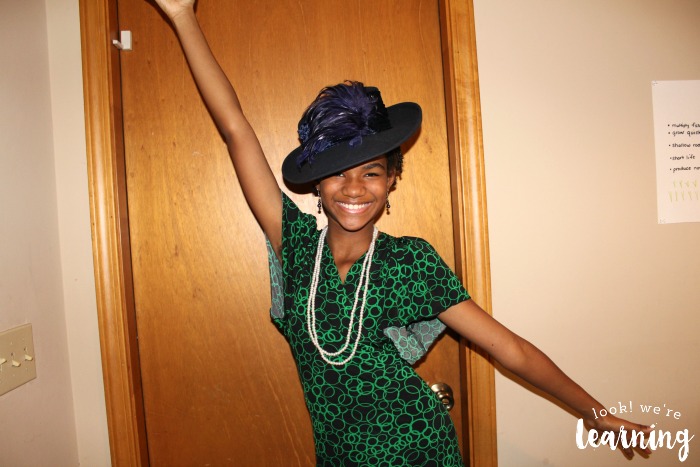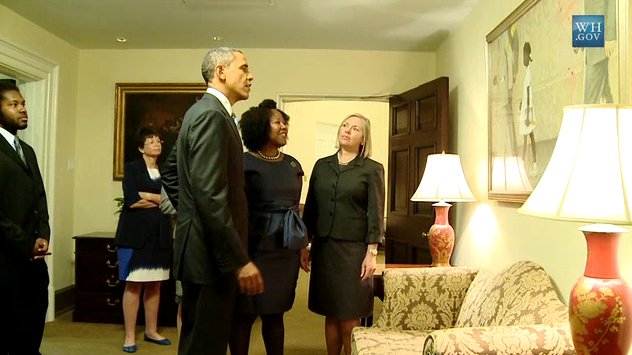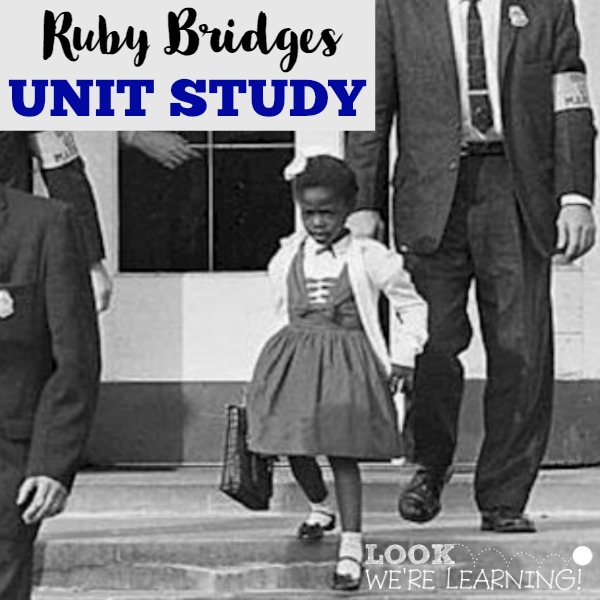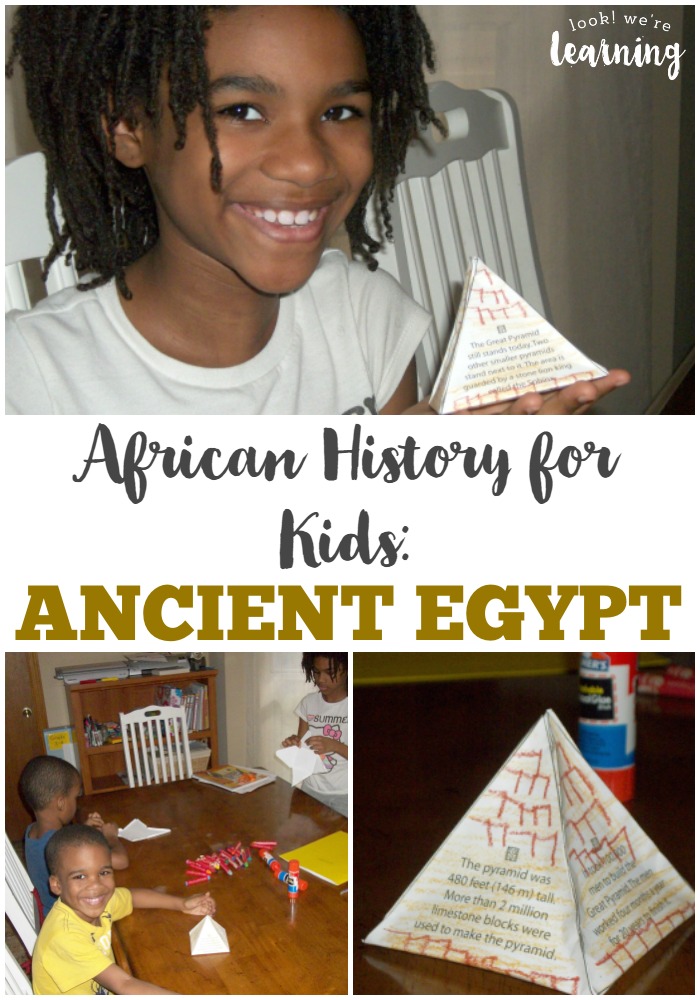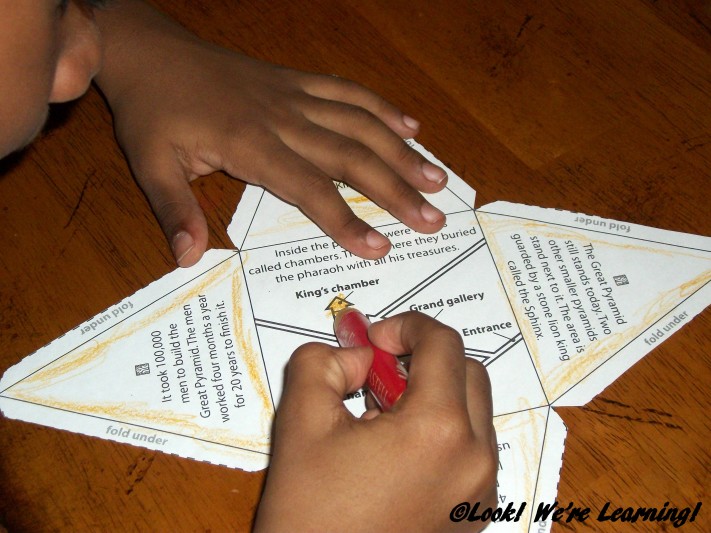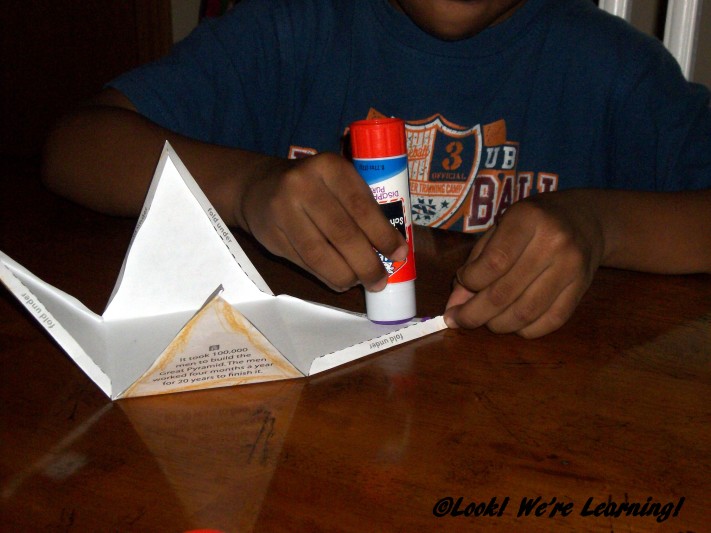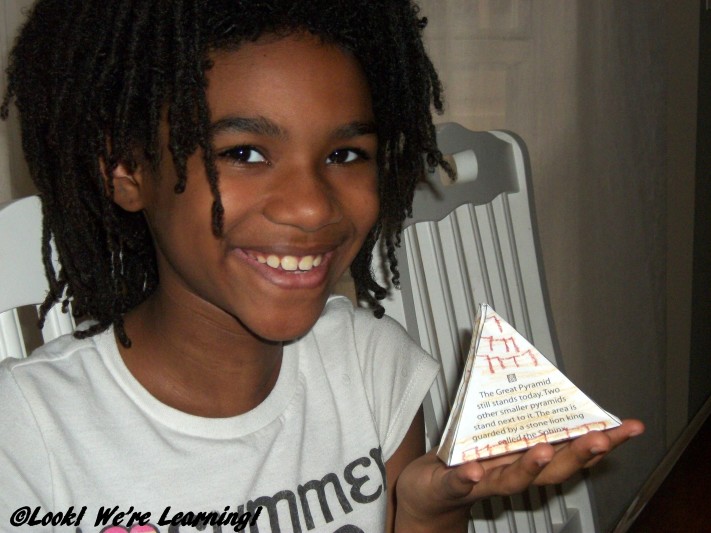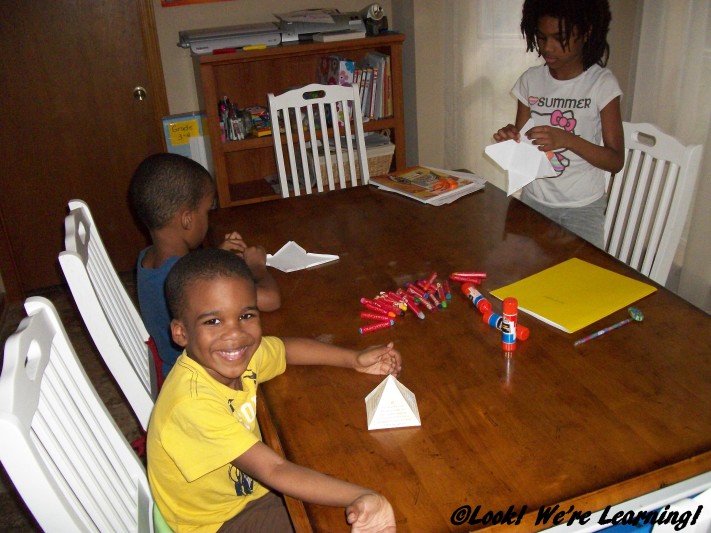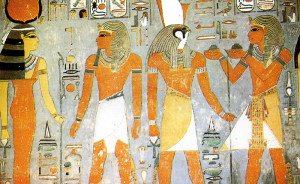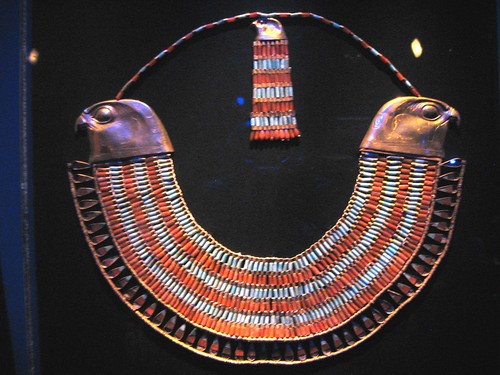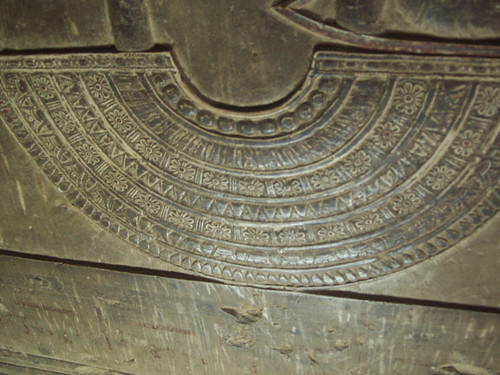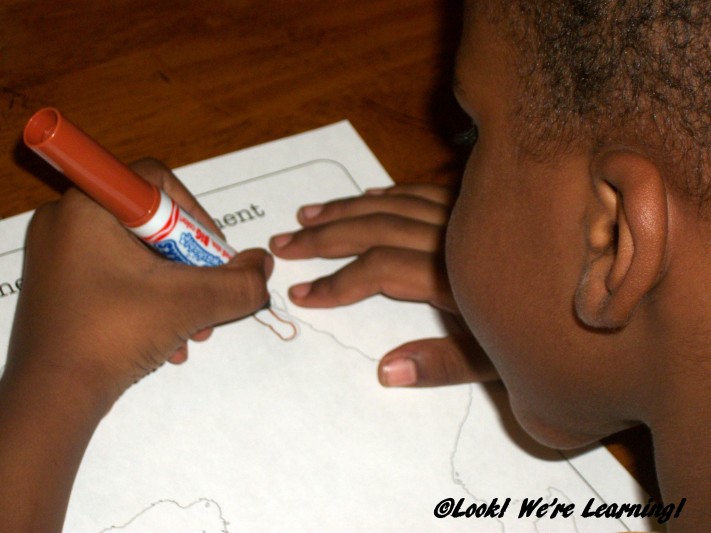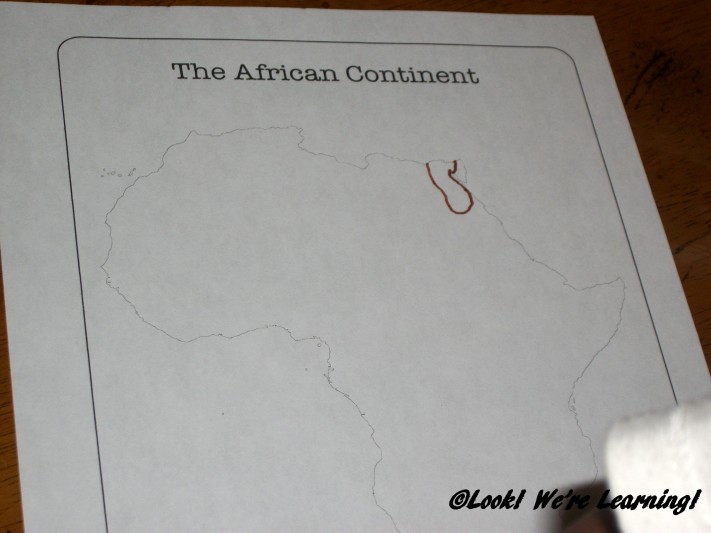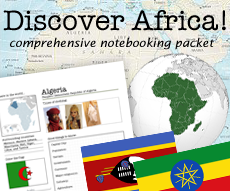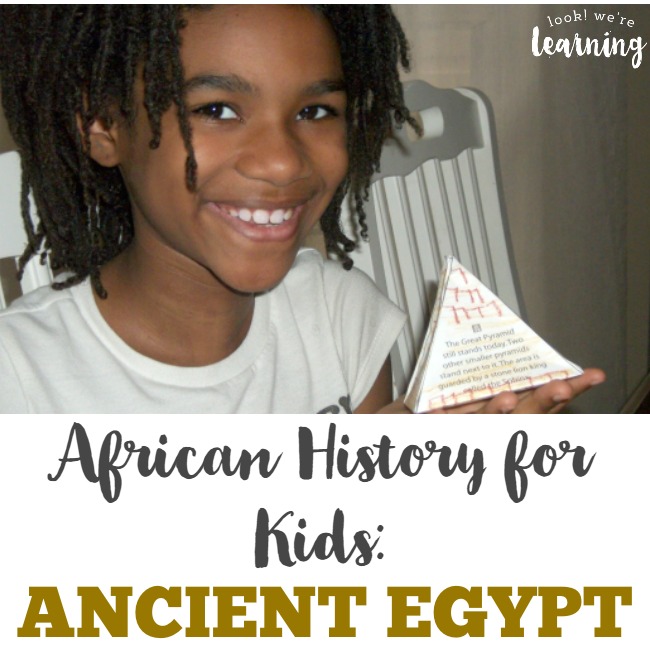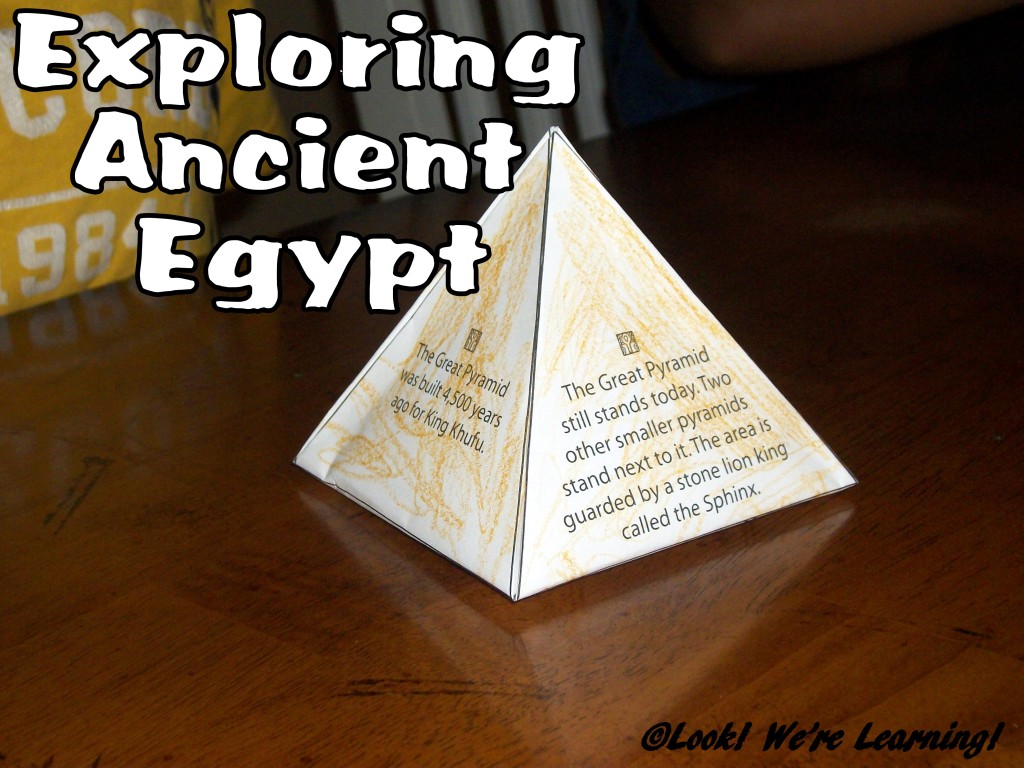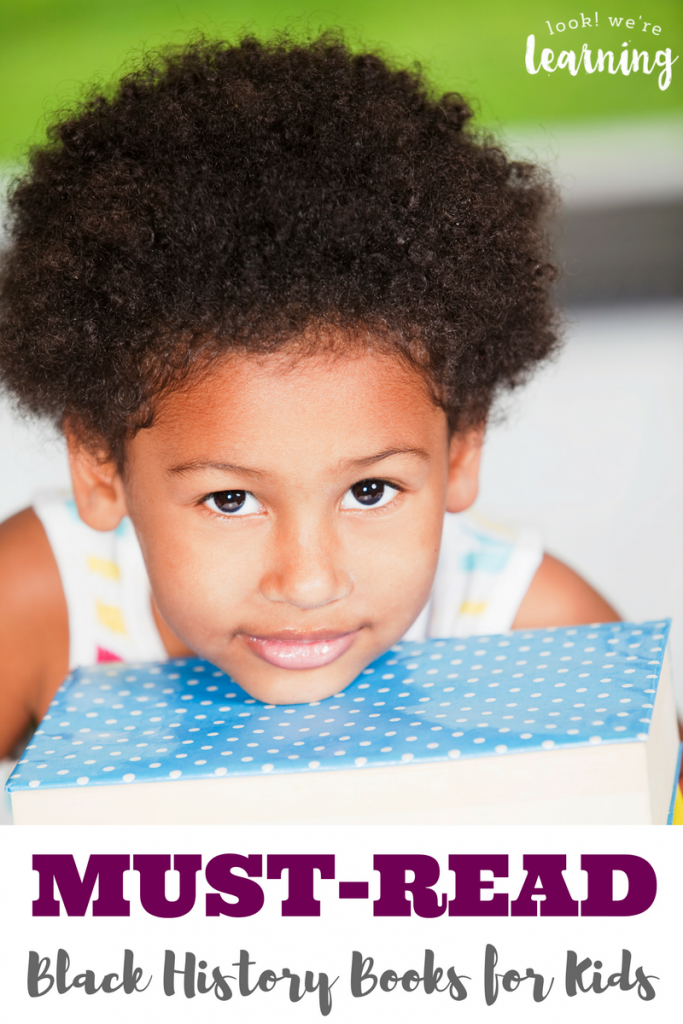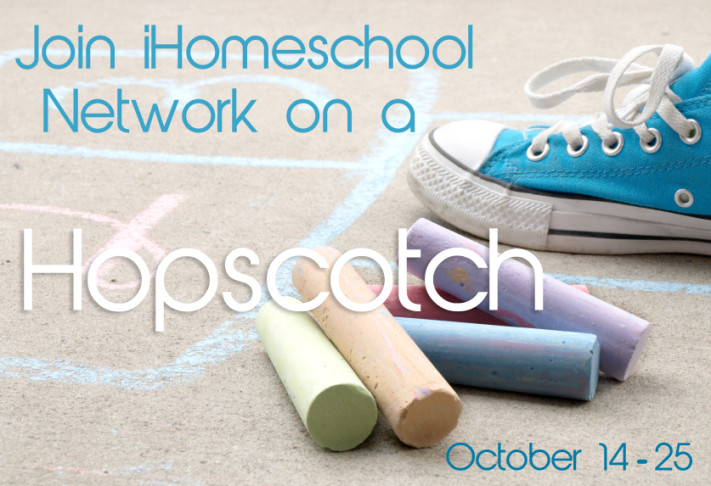We’ve always been passionate about teaching our kids black history. There are so many wonderful stories, people, and events to share. And one of our very favorite periods to discuss is the Harlem Renaissance.
So this year, we wanted to develop a Harlem Renaissance unit study we could cover with the kids to help them learn even more about the people, movements, and ideas that sprang up in Harlem during the 1920s. I hope you and your kids love the books and activities about the Harlem Renaissance below too!
Don’t forget to check out our printable jazz unit study “We Got Jazz” to learn about the pioneers of jazz and bebop!
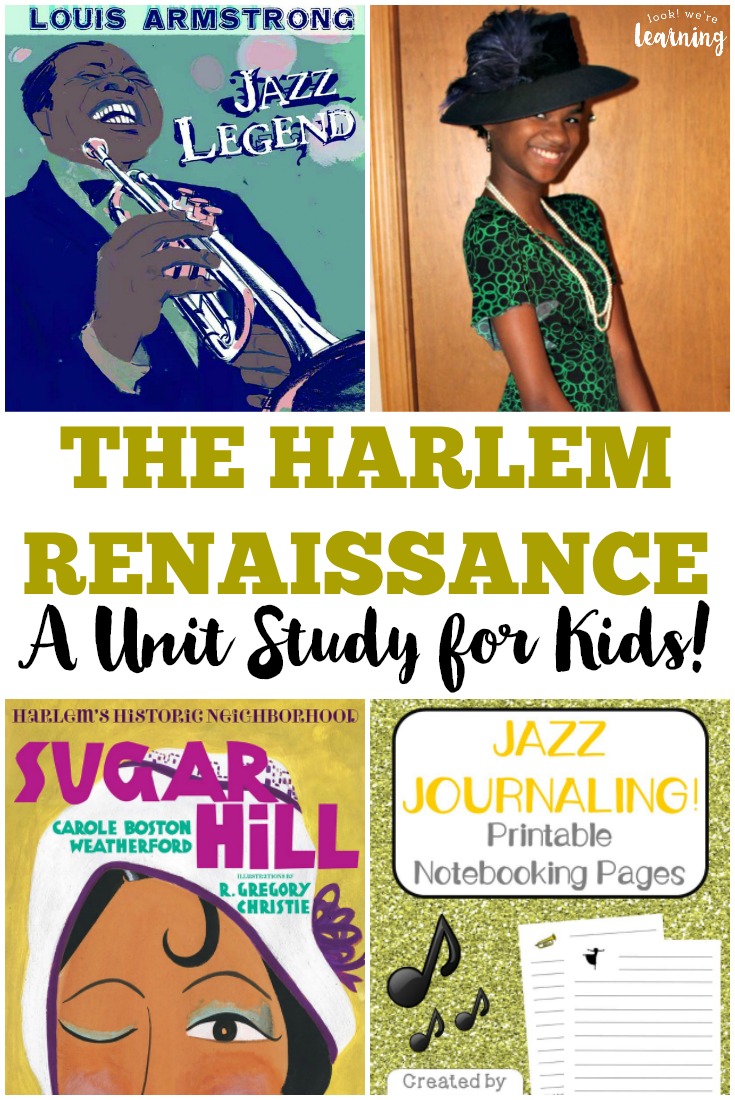
Harlem Renaissance Unit Study
This post contains affiliate links. See our Disclosure Policy for details.
Harlem Renaissance Notebooking Pages
I wanted to have some printables that the kids could use to write down what they learn about the Harlem Renaissance, so I created these Jazz Journaling notebooking pages! Click the image or the link below to download yours free!
>>> Jazz Journaling Printable Notebooking Pages <<<
What Was the Harlem Renaissance?
Watch the video below to get an overview of the Harlem Renaissance and then let your kids answer the following questions.
1. What was the Harlem Renaissance? (Answer: A cultural and intellectual movement that occurred in Harlem, New York during the 1920s)
2. How did Harlem come to be a major African-American cultural center? (Answer: During the Great Migration, many African-Americans moved up north and settled in Harlem.)
3. What branches of thought and entertainment were included in the Harlem Renaissance? (Answer: Music, poetry, writing, art, and philosophy)
4. How did African-American fashion change during the Harlem Renaissance? (Answer: Men started to wear zoot suits, women wore low-slung dresses. Both men and women wore hats. Leopard-print became a popular trend, because of its connection to ancient African culture.)
5. How did the Harlem Renaissance affect the musical culture of the United States? (Answer: African-American art and music became popular with white audiences. White musicians began incorporating African-American musical rhythms and styles into their music.)
6. How did the Harlem Renaissance change the perception of African-Americans in the United States? (Answer: Prior to the 1920s, black people were often thought of as uneducated farmers. During the Renaissance, people came to see that black people were sophisticated, intelligent, and accomplished.)
Among the prominent writers of the movement was Langston Hughes (one of my personal writing heroes). This video is a good introduction to his work.
Books About the Harlem Renaissance:
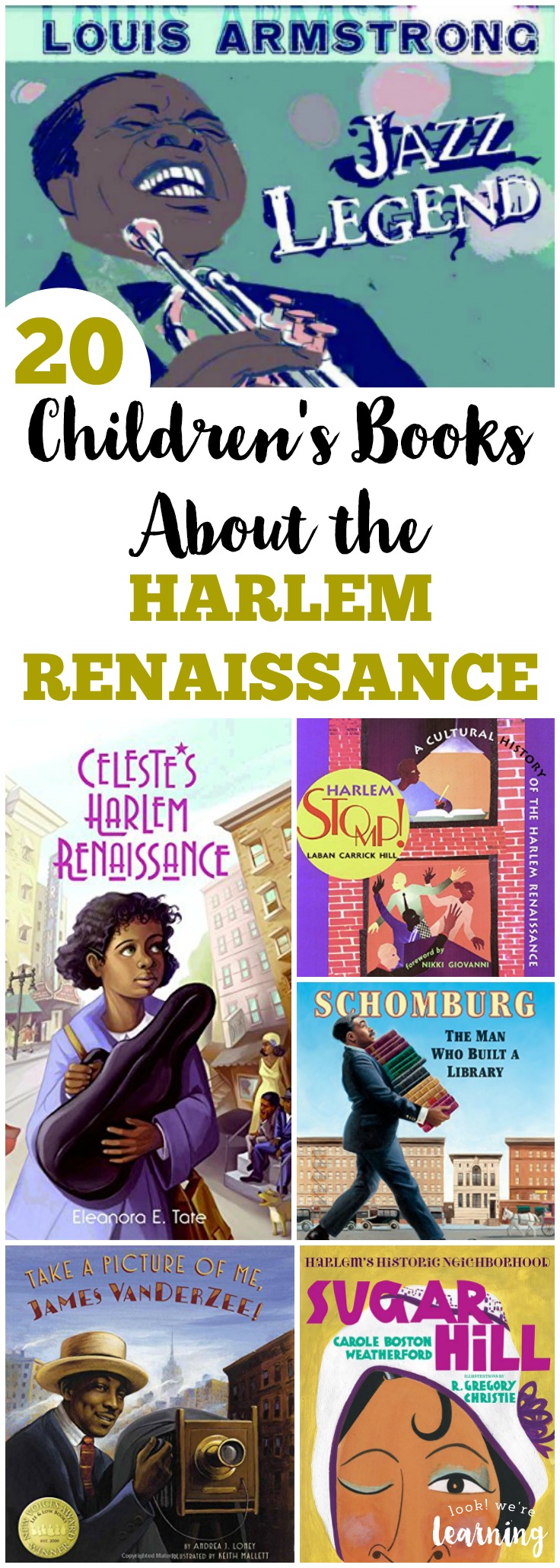
Share these books about the Harlem Renaissance to bring this historical period to life!
1. The Harlem Renaissance: An Interactive History Adventure
2. The Great Migration: An American Story
3. Louis Armstrong: Jazz Legend
4. The Harlem Renaissance (We The People)
5. Harlem Stomp! A Cultural History of The Harlem Renaissance
6. Black Stars of the Harlem Renaissance
7. Sugar Hill: Harlem’s Historic Neighborhood
8. Schomburg: The Man Who Built A Library
9. Celeste’s Harlem Renaissance
10. Take A Picture of Me, James VanDerZee!
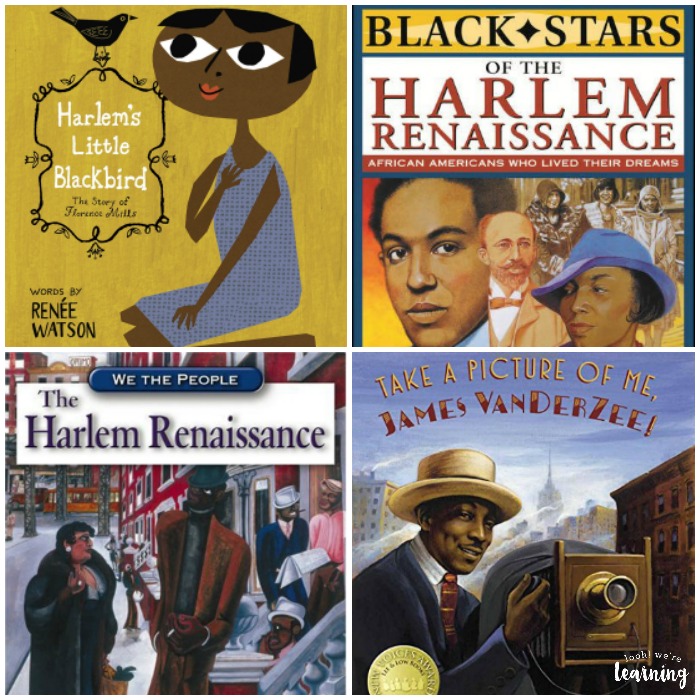
11. Coming Home: From the Life of Langston Hughes
12. Fire!! The Zora Neale Hurston Story
13. Harlem’s Little Blackbird: The Story of Florence Mills
14. One Last Word: Wisdom From the Harlem Renaissance
16. A Song for Harlem (Scraps of Time)
17. W.E.B. DuBois (Great African-Americans)
18. Duke Ellington: The Piano Prince and His Orchestra
19. Poetry for Young People: Langston Hughes
20. The Harlem Renaissance: Profiles in Creativity
Be sure to let the kids dress up in period clothing to match the style of the Harlem Renaissance! We hit up a local thrift store to find an outfit for our oldest daughter.
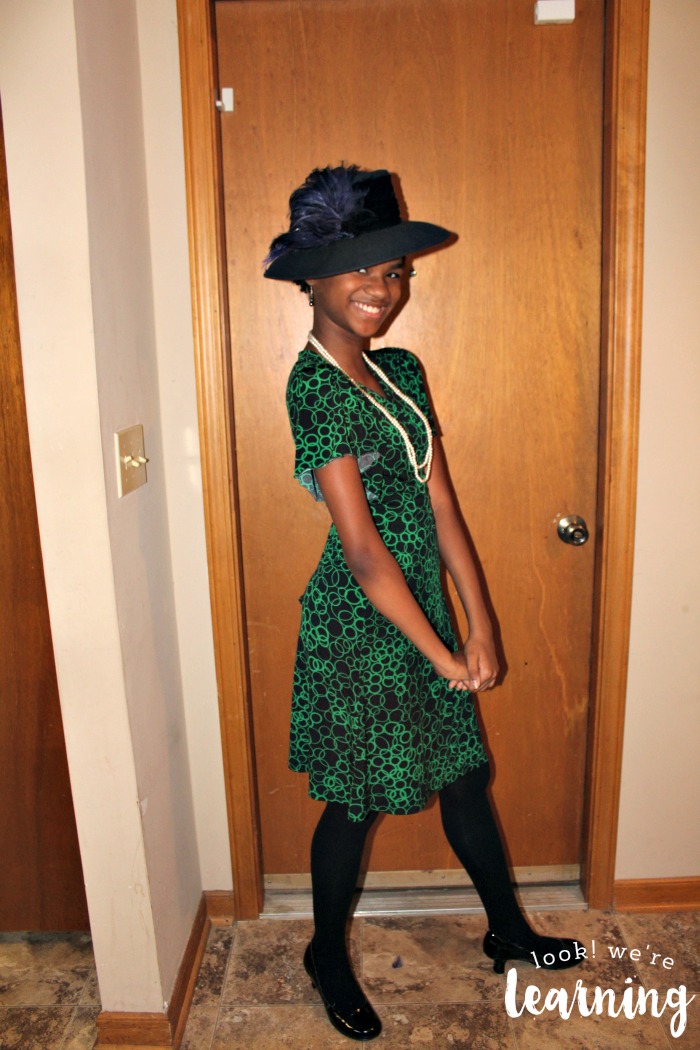
Many of the African-American jazz musicians who became famous during the 20th century either got their start during the Renaissance or grew up during that time and developed styles based on the modern jazz that came out of the movement.
Check out our unit study We Got Jazz for over 130 pages of activities about some of these artists!
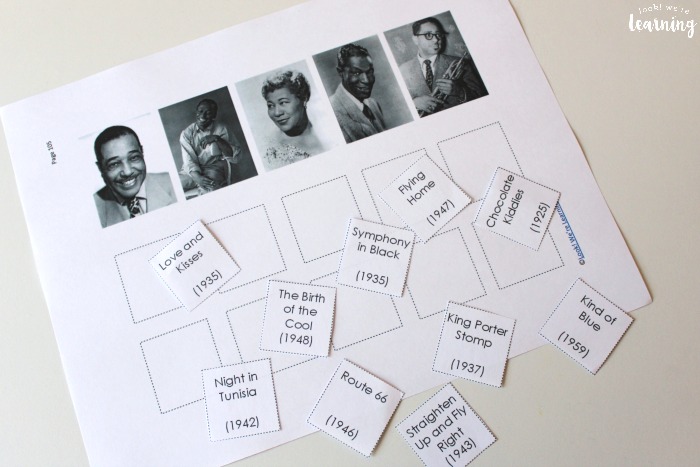
Stop by to check out these other learning ideas!
And see more ideas for teaching history at home on my Living History for Kids Pinterest board!
Want to get exclusive learning resources and printables? Sign up for our email newsletter!
